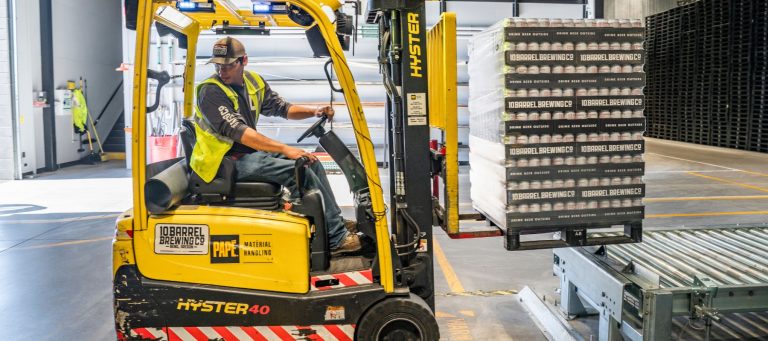Latest news and updates on health and safety codes and legislation from Safe Work Australia:
Summary of workers’ compensation arrangements in Australia and New Zealand 2022 report
The Summary of workers’ compensation arrangements in Australia and New Zealand 2022 report has been published and is available to download from the Safe Work Australia website.
This report is produced every two years and outlines recent developments in workers’ compensation schemes in Australia and New Zealand. It highlights significant changes to workers’ compensation schemes in 2022 including:
- Administration and scheme delivery changes
Policy developments
Legislative amendments.
Guide to managing the risks of tree work
Tree work can pose work health and safety (WHS) risks. Safe Work Australia has published a revised version of a guide previously titled ‘Guide to managing the risks of tree trimming and removal work’.
The updated ‘Guide to managing the risks of tree work’ is aimed at ensuring you understand your WHS duties when planning and performing tree trimming and removal work.
The most significant changes to the guide relate to duties around managing the risk of falls when accessing trees and when to consider providing an additional backup safety line for single-rope access systems.
The changes ensure consistency across other Safe Work Australia guidance on falls and rope systems.
Analysis of ABS work-related injuries survey data 2021-22
Safe Work Australia has published a new report, Analysis of ABS work-related injuries survey data 2021-22.
Key findings from the report include:
- In 2021-22, 497,300 (3.5%) of the working population experienced a work-related injury or illness, down from 4.2% in 2017-18.
The overall work-related injury rate was 35.3 injuries per 1000 people who worked in the past 12 months.
For workers who experienced a work-related injury or illness in 2021-22, 31% received workers compensation for the injury or illness, an increase from 27% in 2017-18.
Safe Work Australia data shows that serious workers’ compensation claims in 2020-21 resulted in a total loss of 1.9 million weeks of work.
Health and safety codes and legislation by jurisdiction:
ACT
OHS Codes of Practice: https://www.worksafe.act.gov.au/laws-and-compliance/codes-of-practice
NSW
OHS Codes of Practice: https://www.safework.nsw.gov.au/resource-library/list-of-all-codes-of-practice
NT
Code of Practice: Managing psychosocial hazards at work
Effective 1 July 2023, the Northern Territory will implement new work health and safety regulations to address workplace psychosocial hazards.
The model Code of Practice: Managing psychosocial hazards at work (the Code) will guide duty holders through the psychosocial risk management process, giving practical steps on how to comply with their respective legal duties.
The Code will be approved in the Northern Territory in time for the commencement of the amended WHS Regulations on 1 July 2023.
QLD
Managing the risk of psychosocial hazards at work Code of Practice 2022
The new ‘Managing the risk of psychosocial hazards at work Code of Practice 2022’ commenced in Queensland on 1 April 2023. The Code is an approved code of practice under the Work Health and Safety Act 2011 (WHS Act). Therefore, It provides information for persons conducting a business or undertaking (PCBU) on how psychosocial hazards and risks can be controlled or managed and can be used to help decide what’s reasonably practicable to reduce risk.
Managing respirable crystalline silica dust exposure in construction and manufacturing of construction elements Code of Practice 2022
The new Code ‘Managing respirable crystalline silica dust exposure in construction and manufacturing of construction elements Code of Practice 2022’ is Australia’s first silica dust code of practice for the construction industry and will commence in Queensland on 1 May 2023. It applies to all construction work as well as the manufacturing of materials such as bricks, blocks, tiles, mortar and concrete.
The Code outlines how duty holders can meet the requirements of Queensland’s work health and safety legislation, including eliminating or minimising exposure to respirable crystalline silica (RCS) at work.
SA
OHS Codes of Practice: https://www.safework.sa.gov.au/resources/codes-of-practice
VIC
OHS Codes of Practice: https://www.worksafe.vic.gov.au/laws-and-regulations
WA
OHS Codes of Practice: https://www.worksafe.wa.gov.au/work-health-and-safety-and-transitional-codes-practice
Stay current on the latest health and safety codes and legislation news. Read our blog here.






